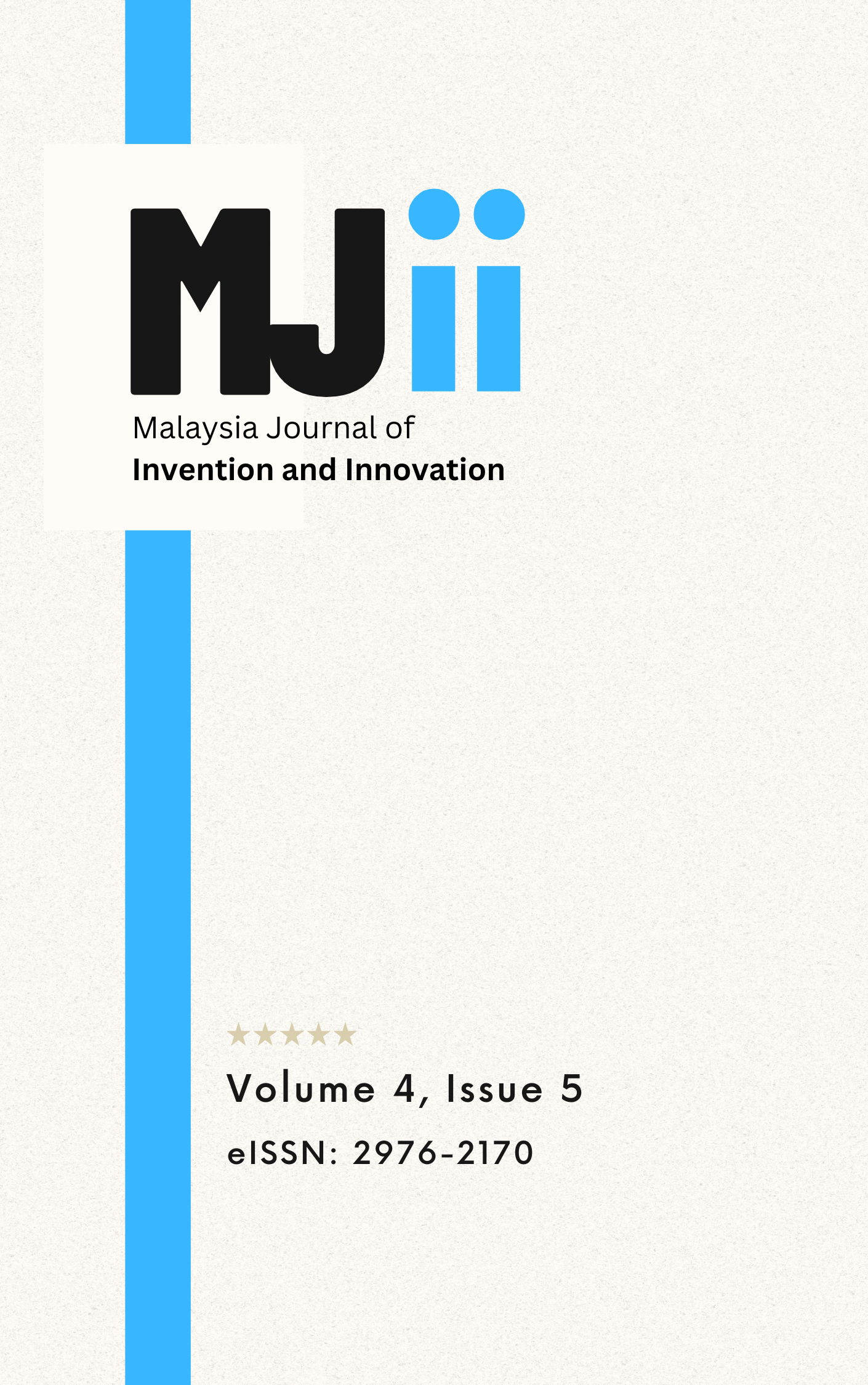Measuring the Performance of Public Universities Malaysia Using CCR Model and Ranking with Super Efficiency Model
DOI:
https://doi.org/10.64382/mjii.v4i5.122Abstract
The efficiency and productivity of a country's higher education system significantly influence its ability to develop and flourish. Furthermore, efficiency becomes a crucial performance metric for universities overall, assisting decision-makers in formulating policies that promote the intended outcomes and prudently allocating resources. There is a lot of pressure on public higher education around the world to perform better and be of higher quality. This study examines the efficiency scores of 20 public universities in Malaysia using the input-oriented CCR model and output-oriented CCR model and also the Super Efficiency model. Three inputs and five outputs are determined to measure the performance of the university. The number of postgraduate students enrolled, the number of undergraduate students enrolled, and the number of academic staff are the inputs, while the number of graduates, the number of graduates working, the number of graduates who choose to further studies, the number of graduates who choose to develop skills, and the number of graduates waiting for work placement are the outputs. The findings show that out of 20 public universities, 13 public universities are efficient with an efficiency score equal to 1 using the input-oriented CCR model and output-oriented CCR model. Meanwhile, the remaining seven public universities showed inefficient score results. UNIMAP got 4.103862 for the Super Efficiency score, which was ranked first out of thirteen efficient public universities in 2023, making it the most efficient public university. By ranking public university, interested parties, such as the higher education sector or university administration, can take steps to enhance and maximize university performance.
Downloads
Published
Issue
Section
License
Copyright (c) 2025 Norfarziah Adna, Nazhatul Sahima Mohd Yusoff, Siti Sarah Alia Sheikh Zolknain

This work is licensed under a Creative Commons Attribution 4.0 International License.
The authors of MJII retain copyright to the content of the articles.
The content is published under the Creative Commons Attribution (CC BY) 4.0 which allows content to be copied, adapted, displayed, distributed, republished, or otherwise re-used for any purpose, including for adaptation and commercial use provided the content is attributed without any restriction.
Authors Rights
The Journal grants you the following non-exclusive rights, subject to giving propoer acknowledgement to the original journal. The authors may:
(i) to reprint or reproduce the contribution, in whole or in part, in any publication of your interest.
(ii) to use material for teaching purposes; including availability of the matarial in academic course.
(iii) to post a copy of the contribution on your personal or institutional web server, provided that the server is non-commercial and there are no charges for access, and
(iv) to deposit a copy of the contribution in a non-commercial data repository maintained by an institution of which you are a member.
Author's Agreement
Author(s) guarantee the journal the following:
(i) that the contribution is their original work;
(ii) that it contains, no matter what, content that is defamatory or is otherwise unlawful or which invades rights of privacy or publicity or infringes any proprietary rights (including copyright);
(iii) that the contribution has not been published elsewhere in whole or in part and that no agreement to publish is outstanding other than this agreement. Author(s) agree to be responsible and hold the journal, its editors, staff and affiliate organizations harmless against any claims arising from or related to the breach or inaccuracy of any of the guarantees listed above.
Disclaimer
The editorial team of the MJII and the publication team of Academica Press Solutions share no responsibility regarding the views and opinions expressed by the authors.
The content published in MJII is Open Access and can be shared, adapted, reproduced, reprinted, after appropriate acknowledgment and giving due credit to the author(s) work.


